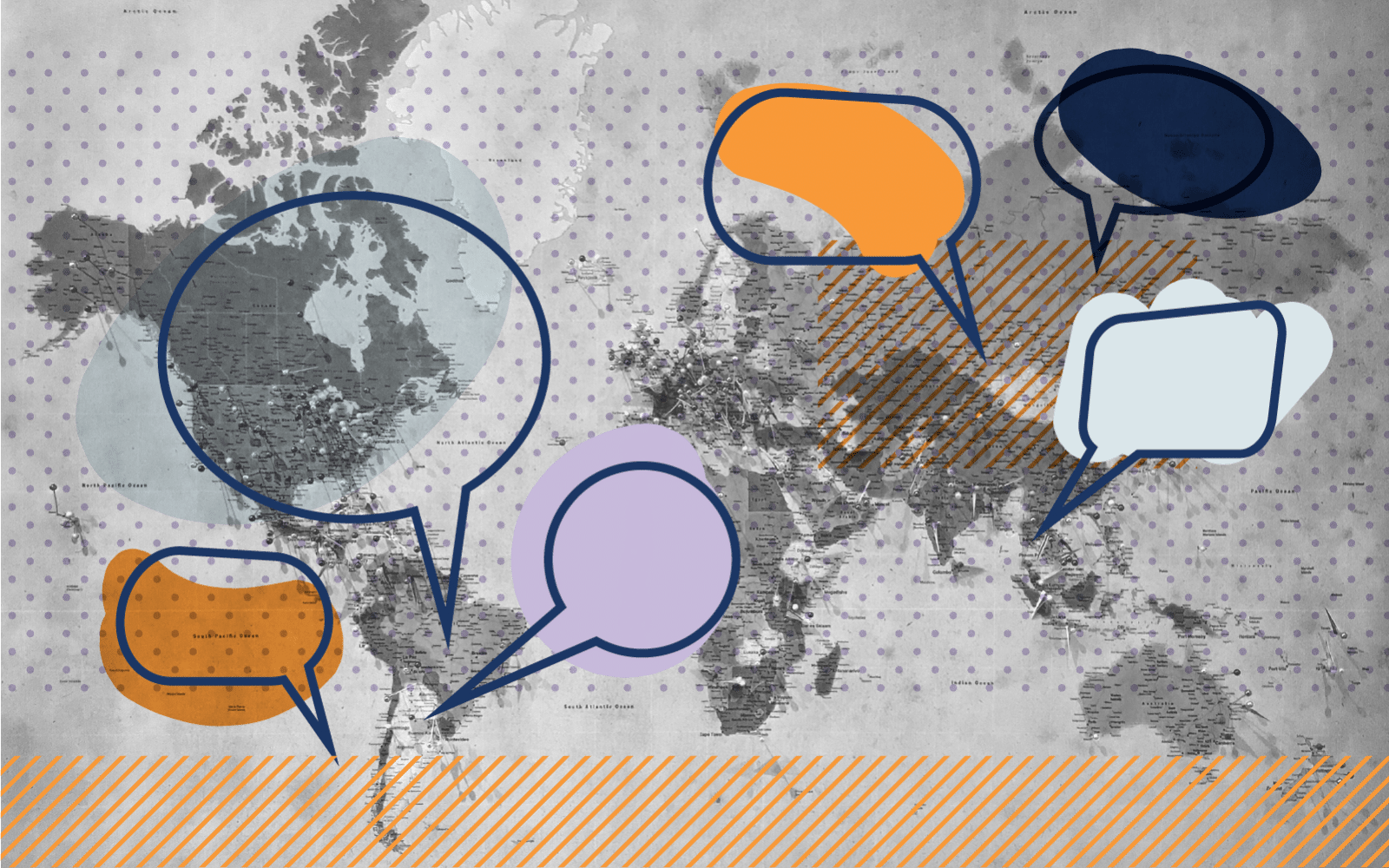Think back to your third-grade report card. Remember the subjects? Math, Reading, Science, and Physical Education probably come to mind. But Empathy? Probably not.
You’re not alone. In fact, you’re in the company of billions – stretching across decades – who have mastered these basic skills by the time they turn twelve. The education system has valued them for centuries. And they are what our society believes essential for success.
Enter Ashoka – and its new “Every Child Must Master Empathy” initiative, a global effort beginning in North America to revise the roster of skills-to-master by adding one of the most fundamental for this new century (whether or not it ever shows up on that report card): empathy.
The initiative aims to change the conversation so everyone grasps empathy’s magnitude, catalyze social entrepreneurs cultivating empathy in all contexts, and transform at least four out of every five elementary schools into “Every Child Masters Empathy” schools by drawing on the knock-out insights of our Fellows and others on how to cultivate – and sustain – empathy.
Why? In pursuing our vision of an “Everyone a Changemaker™” world over the past three decades, we discovered something curious: Empathy is the foundational skill for making change. And making change is the most important competency for both individual and global success in a society that demands that everyone be able to innovate, adapt, and solve problems. Put simply, empathy is maybe the most important subject we can develop.
And empathy is crucial for other reasons, as well. From academics, personal health, and team culture to conflict resolution, democracy, and peace, empathy matters more than ever before. Without empathy, a child will be at least be disadvantaged (and may even do harm).
Only one question remained for Ashoka: How to begin?
Last Sunday and Monday, July 24 and 25, more than 50 leading innovators, educators, academics, and other Ashoka allies converged on Washington, D.C. to begin answering that question with “Empathy in Action,” an Ashoka U-sponsored conference designed to kick off the empathy movement in a fitting fashion.
BETTER TOGETHER
With the stage set, Ashoka’s CEO and founder Bill Drayton kicked off an all-day working session with a simple four-word message: “We can do this.” He described those gathered in the room, and the larger coalition that needs to be built, as a powerful example of the diverse “team of teams” that will most effectively entrepreneur social change in this century.
Drayton was joined by Ashoka Fellows Mary Gordon, founder of Roots of Empathy, and Eric Dawson, founder of Peace First, as well as writer, reporter, and Dowser founder, David Bornstein.
They all agreed that we still must answer the question of “how,” but that change is possible if we come together.
The previous night, Dawson had offered one answer to the “how” question by describing an attempt to bake a cake years earlier. It came out lopsided, he said, with coats of melted frosted rippling down the sides. “I had never eaten a better piece of cake in my life,” he said, “because I made it myself.”
In that spirit, he said that Empathy in Action doesn’t need not to produce a panacea; if it results in an imaginative mix of ideas, opinions, and questions, at least it would be the participants’ own creation. And it would taste wonderful as a result.
That’s exactly what happened. There was, of course, no cure-all “Empathy Cookbook” developed, but one thing was certain: There was no shortage of ingredients. Through interactive microteaching sessions, participants like Mary Gordon, Aleta Margolis (founder of Center for Inspired Teaching), David Levine (author of Teaching Empathy), and many others showed us that cultivating, practicing, and applying empathy is not only possible, but also easier than you may think.
Academics presented emotional-literacy metrics and research that shows a decline of empathy in some environments. Participants littered flipcharts with pages of scribbles. And Tim Shriver, Special Olympics chairman and CEO and chairman of CASEL, talked about how to build a movement by giving a clear call to action.
NO HALF-BAKED PLANS
The players at Empathy in Action did not emerge with a rosy daydream about a perfect education system that would manifest with mere willpower. “I am leaving with more questions than I came with,” said one participant.
Another added, “This was humbling! Who knew so many people out there are thinking so hard about empathy, too?”
Full of notes, ideas, and afternoon coffee, the 50 pioneers took time at the conference’s end to translate the group’s momentum into tangible actions.
One-by-one, many voiced personal pledges to advance the empathy movement, including writing about empathy case studies and issues, incorporating empathy into existing curricula and staff training, activating personal networks, and cultivating the relationships that were formed during the conference.
And, of course, it’s only just beginning, so we invite you to jump in and get involved now. If every child is to master empathy, every one of us must lead the way.
By Andrew Mangino, a senior Intrapraneur at Ashoka
